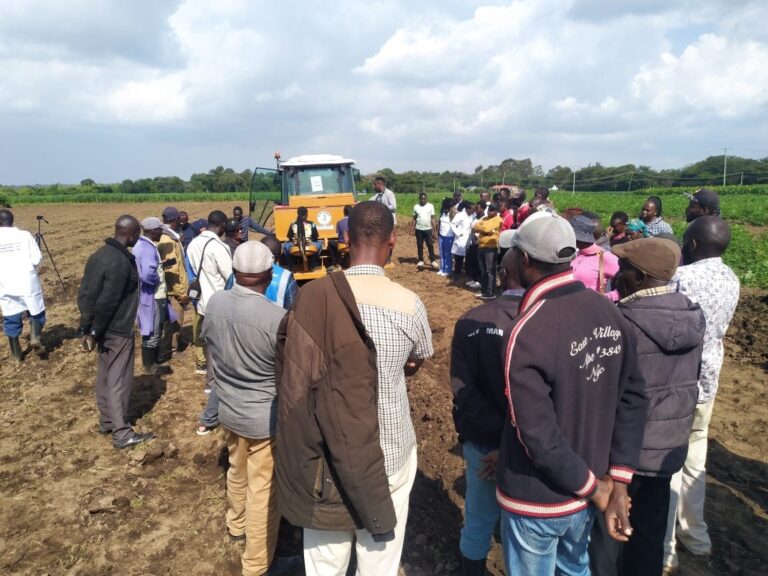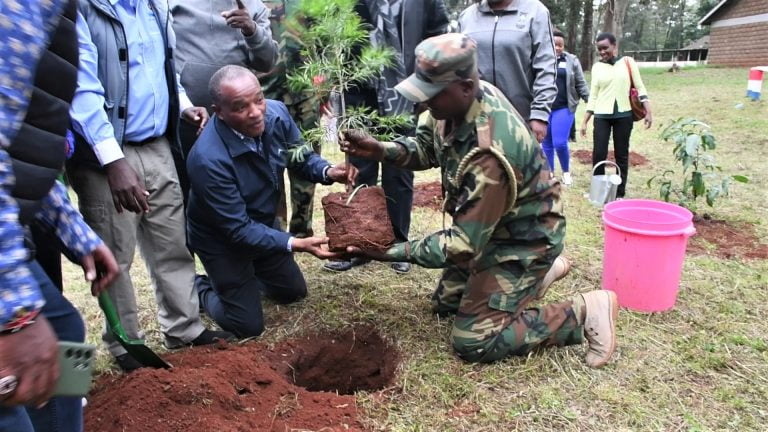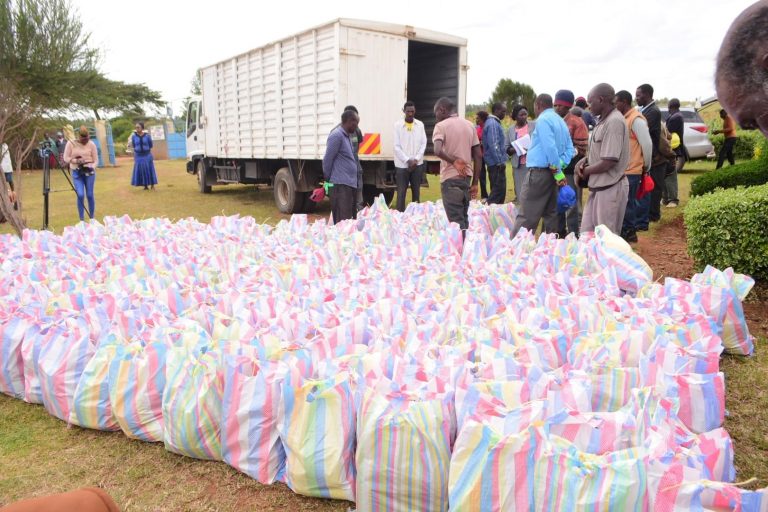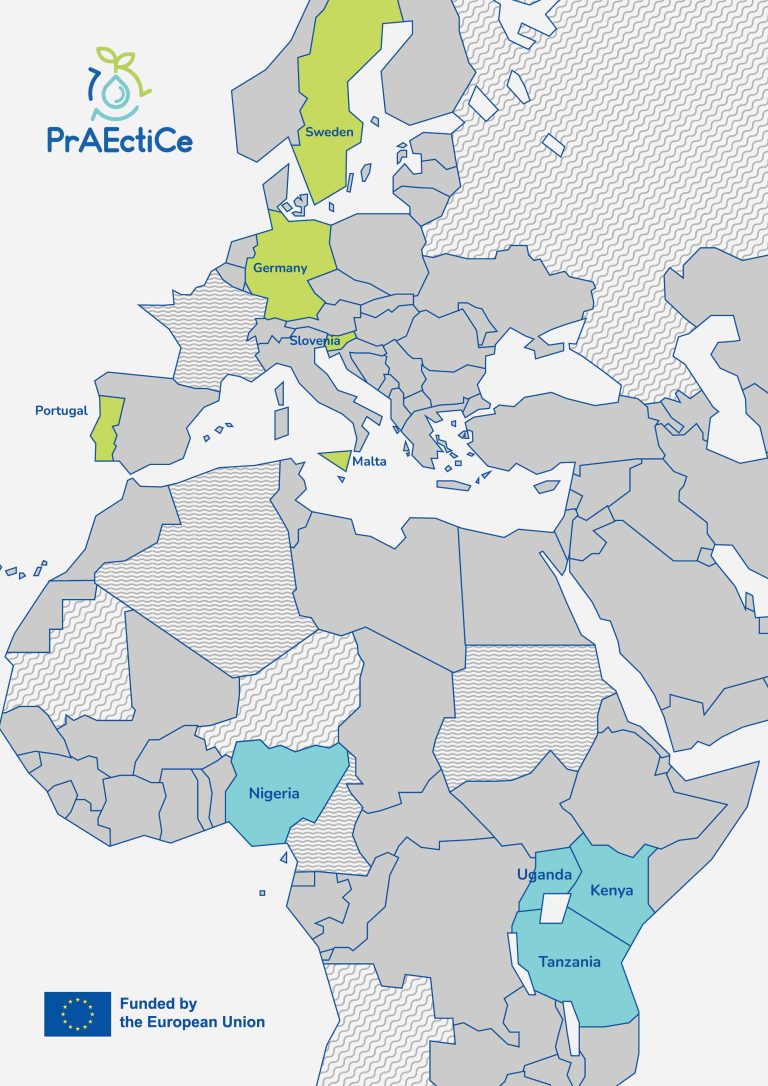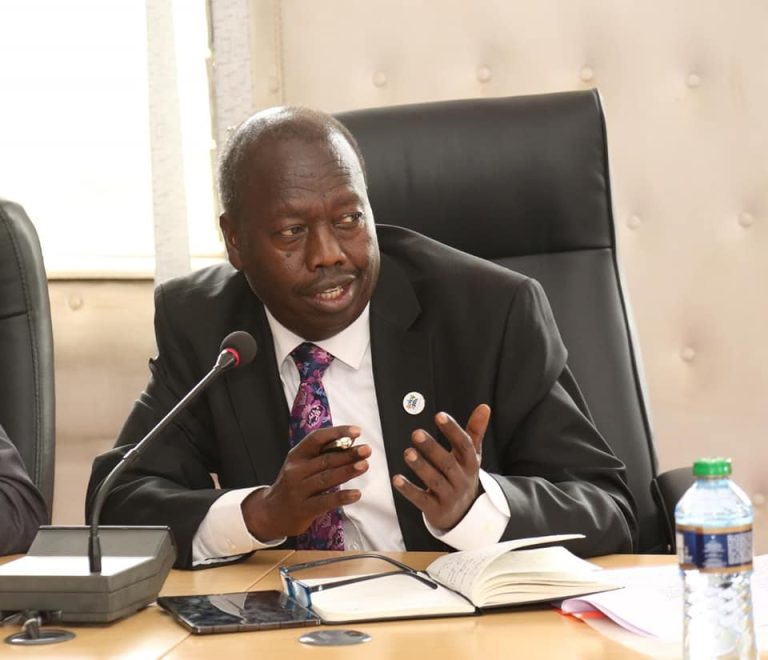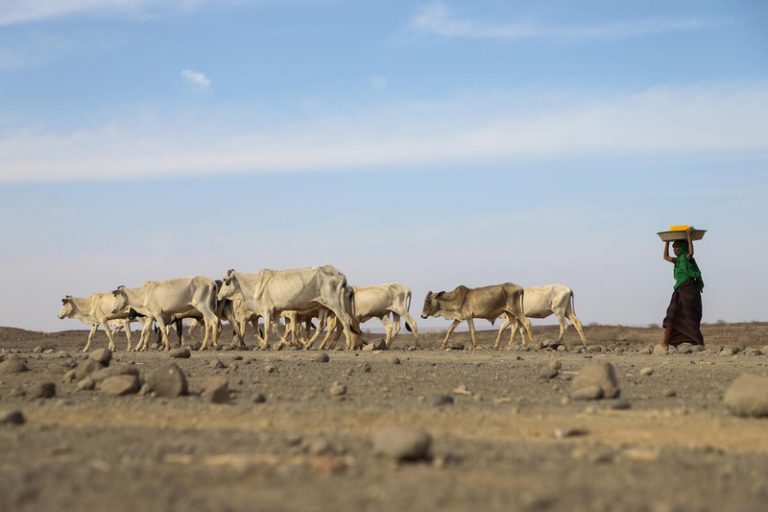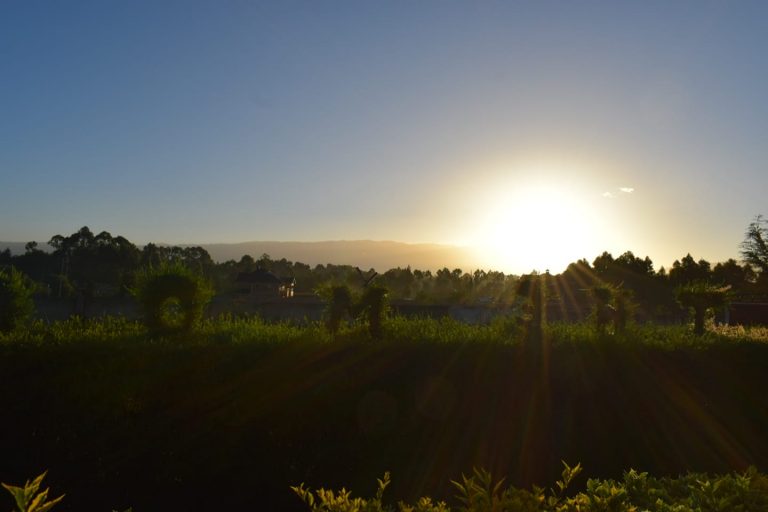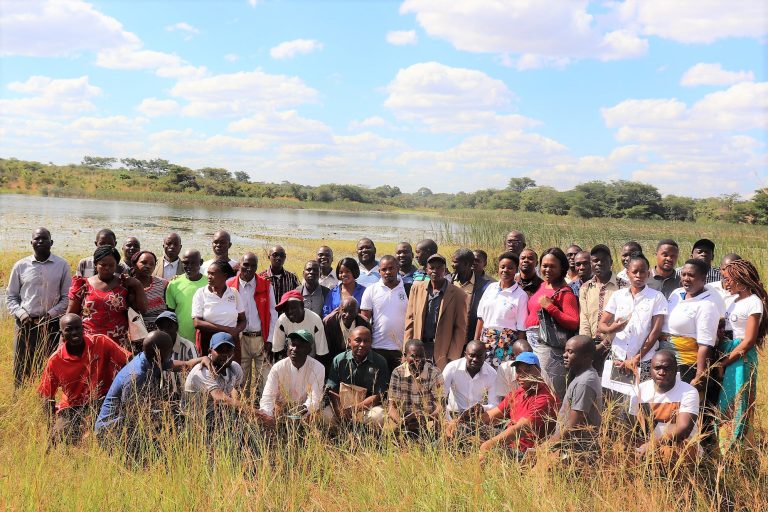By Kimuri Mwangi
The Association for Strengthening Agricultural Research in Eastern and Central Africa (ASARECA) has moved to advance climate resilience across the region through the validation of its Climate Smart Agriculture (CSA) Scaling Strategy. The strategy was reviewed during a three-day stakeholder consultation and validation workshop held in Nairobi, Kenya, from September 29 to October 1, 2025.
The CSA Scaling Strategy is being developed under ASARECA’s Accelerating Impacts of CGIAR Climate Research for Africa (AICCRA) project, funded by the World Bank and led by the Alliance of Bioversity International and CIAT. It is intended to guide Eastern and Central African countries in scaling up the use of proven CSA technologies and innovations, promoting climate information services, strengthening partnerships, and establishing financing mechanisms.
ASARECA Executive Director Sylvester Dickson Baguma said the consultation process was critical to ensure ownership. “We are here to consult stakeholders from the various countries on the climate-smart agriculture scaling strategy. This is very important because we need to get views from the various members so that the strategy, once developed, is owned by all the countries, the member states and the various partners who work with us,” he said.
Baguma warned that climate change is here to stay for a long time and emphasized the urgency of resilience. “Not until we get solutions that help us to be resilient can we manage. And so, the strategy is helping us to identify, to be able to scale out technologies and innovations in the various countries that can help the farmers to be resilient in terms of climate change, to produce sufficient crops, but in a sustainable way.”

He added that the framework extends beyond the region. “We feel that this strategy will not only work for the 15 member states, but also beyond, because the strategies that they are in are applicable and generic, and so they can be copied and used even in West Africa and also South Africa. For us, we think this is a blueprint for Africa,” he said.
Calling for urgency, Baguma stressed that policies must translate into action. “Developing a policy or a strategy is one; implementing is another. I want to urge all countries in East and Central Africa to give maximum attention that is required for this strategy to be implemented. All countries would love to see their citizens food secure, eating very nutritionally dense foods, and fighting hidden hunger. We can only do that if we implement these technologies, implement this strategy and come up with actionable activities so that our farmers benefit and all other stakeholders along the commodity value chains.”
John Recha, a research scientist at the International Livestock Research Institute (ILRI), explained the importance of tailoring CSA practices to country-specific conditions. “Each of the 15 member countries has specific climate challenges. Since all these countries depend highly on agriculture as the backbone of the economy, it is the one that is most impacted by climate change, and therefore, the ripple effect is that there is food insecurity as well as nutrition insecurity in these countries,” he said.
Recha emphasized that the CSA Scaling Strategy will help identify context-specific solutions. “Climate smart agriculture is not one size fits all. It is a practice that differs depending on the geographical area, attitude, and the kind of food that people eat in that community,” he noted. He gave examples ranging from coastal zones that require salt-tolerant crops to arid counties such as Marsabit and Turkana in Kenya, which face different needs from highland areas such as Nyandarua and Nakuru.
According to Recha, successful scaling depends on broad partnerships. “In scaling, you look at the different stakeholders that are there. Apart from the government, you bring in the private sector partners. The agro-dealers, those who buy from the farmers, who do the milling, do the processing, and then they sell. They invest in inputs, fertilizers, and seeds and are a very important private sector. And then also the farmers themselves, but most importantly, politicians should not be left behind. Because the political buy-in is what helps them to make the laws that are suitable for reducing the tax on fertilizer, reducing the tax on seeds, and making sure that the market is available,” he said.
Julian Barungi, ASARECA Programme Officer in charge of policy and manager of the AICCRA project, outlined the barriers the strategy seeks to overcome. “Many of the farmers have not adopted these technologies for various reasons. Some of them are not aware of these technologies, and cannot afford them. They’re not able to access them. But also, they don’t know what the importance of these technologies is,” she said.
She explained that the CSA Scaling Strategy provides a roadmap to 2035, offering solutions tailored to agroecological zones across the region. “It focuses on how we can scale these technologies in various agroecological zones in Eastern and Central Africa, whether they are highlands or lowlands or arid, semi-arid areas, the coastal plains, and so many others,” she said.

Barungi emphasized policy, institutional mainstreaming, and partnerships. “We find that for these technologies to be scaled, they need an enabling policy environment. There needs to be a deliberate effort within the key institutions, like the Ministries of Agriculture, the National Agricultural Research Institutes, to mainstream climate-smart agriculture within their institutional policies, but also, very importantly, within the national agricultural policy frameworks.”
She also highlighted capacity building as a core element. “Low capacity is one of the barriers to technology adoption. So, the strategy provides systematic ways through which the capacity of the farmers can be enhanced to take up these technologies, but also the capacity of the scientists can be enhanced to develop the technologies and ensure that they are disseminated,” she said.
Barungi added that building resilient agricultural value chains is central to the strategy. “Climate change is here to stay. So, we’ve put in place deliberate strategies on how the different value chains within Eastern and Central Africa can be strengthened to ensure that they’re resilient to the effects of climate change.”
She confirmed that the final CSA Scaling Strategy will be completed before the end of 2025. “For any strategy to work, it has to be co-developed, owned and implemented. We decided to co-generate it with the different stakeholders so that there’s ownership,” she said. “By the end of October this year, we shall have finalised the strategy and then plan to launch it before the end of this year.”



